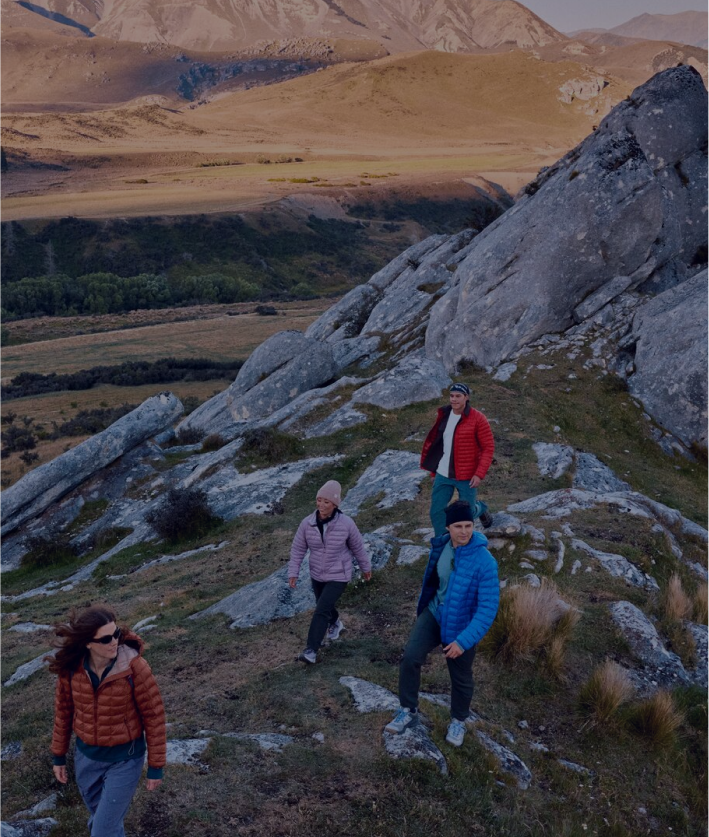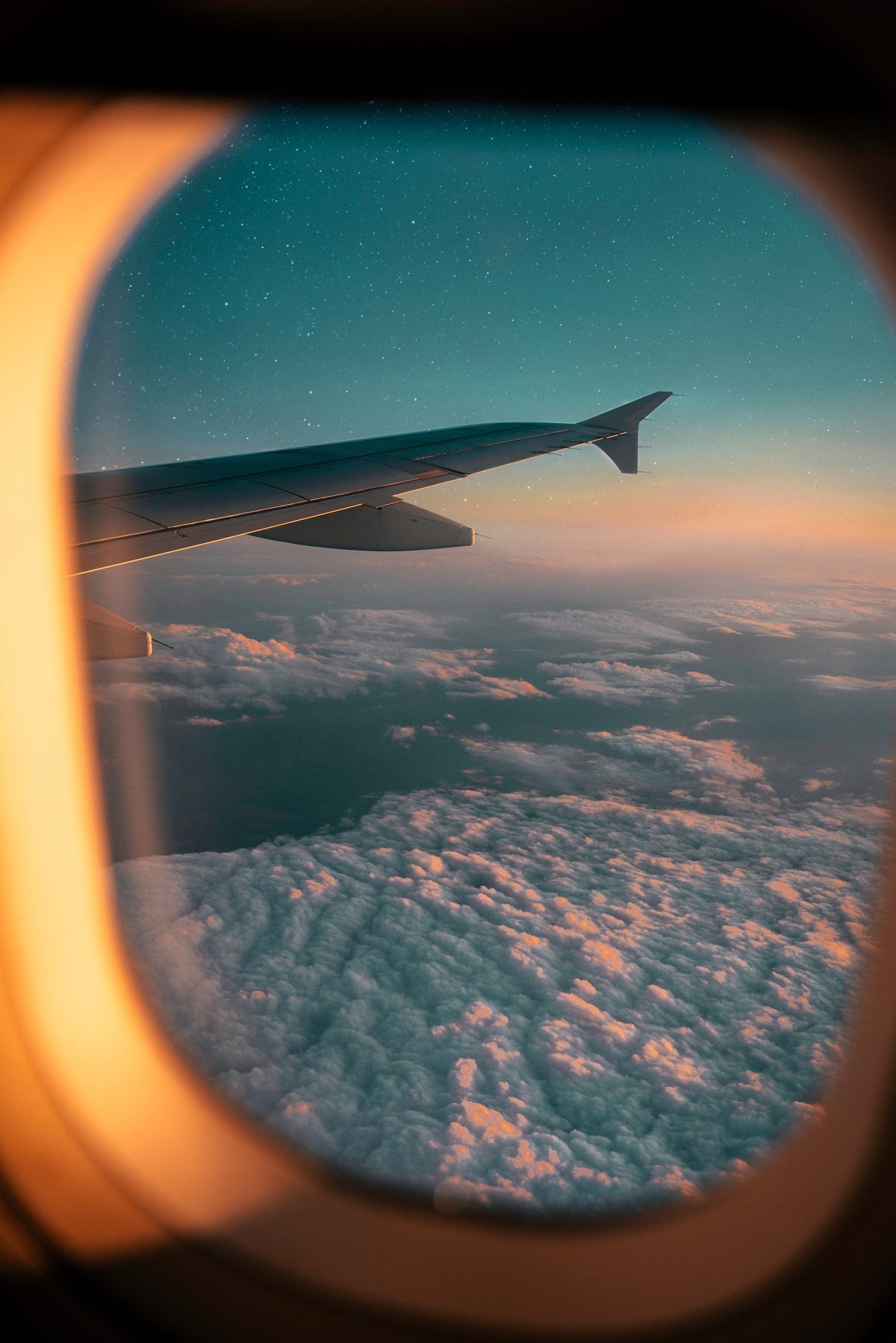Camping around the world is an outdoor-lover’s dream — imagine sleeping at the foot of the Canadian Rockies or on the beaches of the Philippines. Camping not only saves you money, but offers an intimate way to see new landscapes, explore on foot, and connect with nature. However, travelling with your camping gear can be a bit cumbersome.
Pokey poles, bulky sleeping bags, and awkward tents can put a damper on the whole ‘travel light’ experience. But have no fear! We’re experts in the field of camping and travelling, so you better believe we have some tips on how to travel with camping gear.
Quality Over Quantity, Always
Travelling can be hard on gear. From punts down airport runways to being smooshed inside teeny bus compartments, it’s easy for items to be damaged or mangled. Quality gear has a longer life expectancy and can hold up to robust use. Think of your tent and sleeping gear as your home while you’re travelling. With that in mind, it’s worth investing a bit extra in good gear. You don't want to fly your tent halfway around the world only to discover it won’t hold up during monsoon season. You’ll be up all night in a leaky tent, cursing your former self for cutting corners on a cheap tent.
Organise Your Pack
There’s nothing worse than discovering you need something at the bottom of your bag after you’ve meticulously packed it up for the day. Planning how to organise your pack can save you time, space, and sanity. Put things you don’t need to access during the day at the bottom, like sleeping gear and your tent. Cooking gear should be somewhere in the middle, as you may want to make some coffee or a hot soup during the day. Finally, the top of your pack and easily accessible pockets should be left for things you’ll want throughout the day. This includes extra clothing layers, snacks, water, and passports or travel documents.
To get properly organised you’ll need to practice before you leave. This means a lot of unpacking and packing at home, and maybe going on some test trips. If you’re travelling in a group, split up the heavy stuff, like tents and cooking gear. Finally, make use of packing cubes(/travel/luggage-accessories/packing-cells-cases.html) and compression sacks to keep yourself organised.
Be Your Own Repair Person
While we can hope that your quality gear won’t break, it’s best to be prepared in case it does. Clothes can tear after you’ve bushwacked through blackberry brambles, tent poles can break, and backpacks can rip — it’s all a part of the experience. Travelling with a pair of pliers — or even better, a multi-tool — and some duct tape can save tears and troubles. Just make sure your tools comply with airline regulations!
Learn What’s Prohibited
Items like tent pegs, camping knives, and trekking poles often can’t fly carry-on, so plan to check a bag. Things like lighters, camping stove fuels (camping stoves are okay if there is no fuel or fuel remnants in them), and bear spray are absolutely prohibited, even in checked luggage. If you need these at your destination, plan on purchasing them when you arrive.
Once you’ve decided what’s crucial for your camping trip, how you plan to pack, and learn how to repair a thing or two, you’re ready to go!













